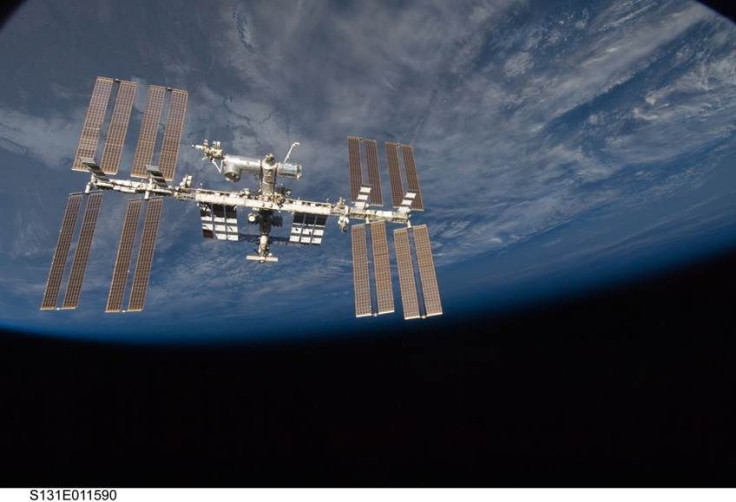ISS Astronauts Study What Happens To Concrete When Mixed In Space

NASA astronauts aboard the International Space Station (ISS) experimented with cement by mixing it in space for a new study. The study was conducted in preparation for the construction of space colonies on the Moon or Mars.
As NASA moves forward with its future missions to the Moon and Mars, the agency is also looking into the possibility of establishing human settlements in space. One of the factors that NASA is preparing for is the construction of structures for the space colonies.
Similar to buildings on Earth, NASA intends to construct the space structures using concrete mixed with cement. The agency selected this material because it is durable enough to protect space colonizers from cosmic hazards such as radiation and extreme temperatures. In addition, concrete can be made in space using the dust and rocks from the Martian or lunar surface.
Since construction using concrete and cement in space hasn’t been done before, NASA researchers experimented with the concept through the help of the ISS. It was conducted to understand how cement would react to microgravity.
“On missions to the Moon and Mars, humans and equipment will need to be protected from extreme temperatures and radiation, and the only way to do that is by building infrastructures on these extraterrestrial environments,” principal investigator Aleksandra Radlinska said in a statement.
For the experiment, the ISS astronauts mixed water with tricalcium silicate, which is the main component of most commercially available cement products. They made different samples with varying components to know which combination would work best in space.
Although the cement mixture hardened in space conditions, some of the samples showed increased porosity or open spaces. According to the researchers, the open spaces can directly affect the strength and durability of the material.
“Even though concrete has been used for so long on Earth, we still don’t necessarily understand all the aspects of the hydration process,” Radlinska said. “Now we know there are some differences between Earth- and space-based systems and we can examine those differences to see which ones are beneficial and which ones are detrimental to using this material in space.”
The findings of the researchers were presented in a study published in Frontiers in Materials.
© Copyright IBTimes 2025. All rights reserved.





















